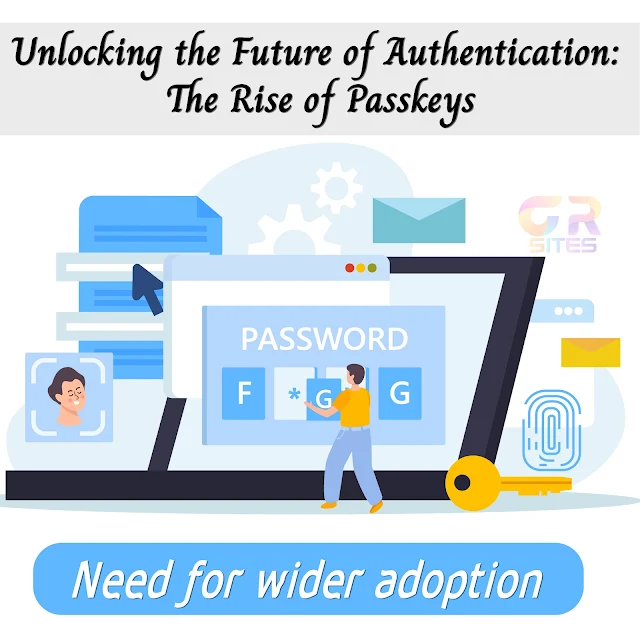In the fast-paced world of technology, the battle is not just about who has the best features, but also who can make those features last. Apple, known for its innovation, lags behind Android in the crucial realms of battery management and fast charging. In this blog post, we'll delve into why Apple should adopt Android's battery management strategies to keep its users satisfied.
Apple vs. Android: A Charged Battle
- Android Advantage: Let's face it, Android has been setting the gold standard in battery management and fast charging. While Android users revel in quick top-offs and longer-lasting batteries, Apple users can't help but feel the difference.
- Apple's Struggle with Battery Degradation: Apple devices, while leading in numerous aspects, continue to grapple with battery degradation issues. Many users find themselves replacing their devices prematurely due to battery failures. A closer look at Android's approach could be the game-changer Apple needs.
- Silent Shift: There's been a quiet shift in the tech world, where battery life is no longer a luxury but a necessity. The Android ecosystem has embraced this wholeheartedly, while Apple seems to be dragging its feet.

Swift Charge, Swift Drain
- Android's Fast-Charging Solutions: Android users often enjoy the benefits of fast charging without experiencing significant battery degradation. These devices incorporate charging systems that efficiently manage power intake, reducing wear and tear on batteries.
- Apple's Cautious Approach: In contrast, Apple's approach to fast charging has been conservative. While it prioritizes battery health, it can leave users longing for a quicker top-up. Android's balance between speed and longevity is an aspect Apple should consider integrating.
Road to Harmony
- Why Apple Needs to Adapt: As the tech world charges forward, Apple's lag in battery management and fast charging solutions could leave it out of the race. It's not just about keeping up but also delivering a seamless user experience.
- Finding the Apple-Android Middle Ground: While Apple has prioritized battery health, it's time to bridge the gap between their approach and Android's solutions. Embracing Android's energy-efficient strategies without sacrificing battery life is the way forward.
Conclusion: Charging into the Future
Apple's innovation has led it to new heights, but in the race to provide a holistic user experience, battery management and fast charging are two critical facets that deserve attention. Emulating Android's strategies in these areas doesn't mean compromising on quality; it's about evolving to meet the demands of today's tech-savvy users. With a fresh focus on both battery longevity and fast charging, Apple can charge into the future with renewed vigor, keeping its users satisfied and always ahead of the curve.


